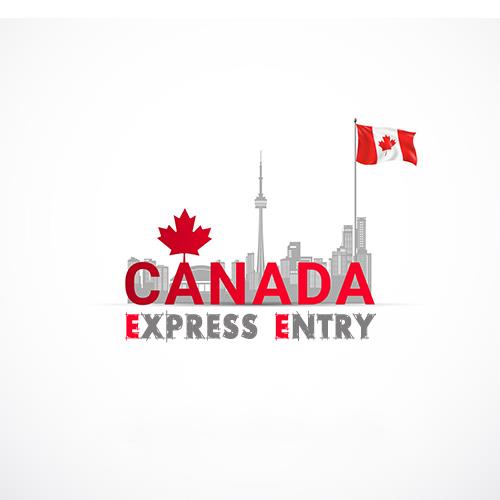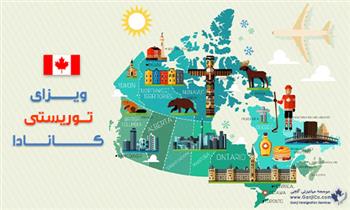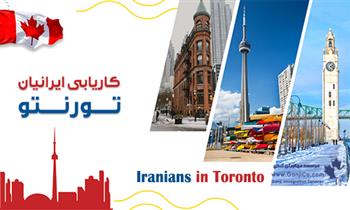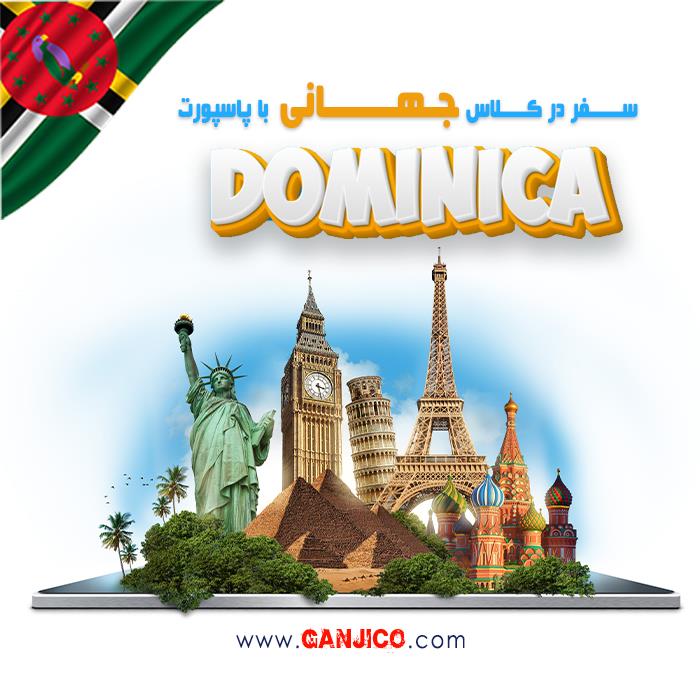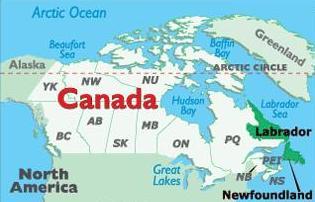
Newfoundland and Labrador
The province of Newfoundland and Labrador is one of the ten provinces and three territories that make up Canada. Newfoundland is one of four Atlantic Provinces in Canada. The province is the easternmost province of Canada. Situated in the Atlantic Ocean region, it incorporates the island of Newfoundland and mainland Labrador. The province has a total area of 405,212 km2. In 2013, the province's population was estimated at 526,702. Approximately 92 percent of the population lives on the island of Newfoundland. In 2006, most of the residents (97.6%) reported English (Newfoundland English) as their mother tongue.
Newfoundland and Labrador's capital and largest city, St. John's, is Canada's 20th-largest census metropolitan area, and is home to almost 40 percent of the province's population. St. John's is the seat of government, home to the House of Assembly of Newfoundland and Labrador and the highest court in the jurisdiction, the Newfoundland and Labrador Court of Appeal.
Historically, Newfoundland was also home to unique varieties of French and Irish, as well as the extinct Beothuk language. In Labrador, local dialects of Innu-aimun and Inuktitut are also spoken.

Newfoundland and Labrador was formerly a colony and dominion of the United Kingdom and became the tenth province to enter the Canadian Confederation on March 31, 1949, as Newfoundland. On December 6, 2001, an modification was made to the Constitution of Canada to change the province's official name to Newfoundland and Labrador.
The origin of Newfoundland and Labrador’s name
The name Newfoundland and Labrador is derived from English term "new found isle" in 1497. The name Labrador is from the Portuguese word "lavrador" or small landholder, and is probably attributable to João Fernades Lavrador, a Portuguese explorer and navigator who explored the region. The term was first applied to a section of the coast of Greenland.
Geography of Newfoundland and Labrador
Newfoundland and Labrador is the easternmost province in Canada, and is located on the north-eastern corner of North America. The Strait of Belle Isle separates the province into two geographical divisions, Labrador, which is a large land mass connected to mainland Canada, and Newfoundland, which is an island in the Atlantic Ocean. The province also includes over 7,000 tiny islands. Newfoundland is roughly triangular, with each side being approximately 400 km, and has an area of 108,860 km2. Newfoundland and its associated small islands have a total area of 111,390 km2.
Labrador bordered by the province of Quebec on the west and south side and on the east and north by Atlantic Ocean. Labrador's extreme northern tip shares a short border with Nunavut. Labrador's area is 294,330 km2 Together, Newfoundland and Labrador make up 4.06% of Canada's area.
Colliding tectonic plates have shaped much of the geology of Newfoundland. Gros Morne National Park has a reputation as an outstanding example of tectonics at work, and as such has been designated a World Heritage Site. The Long Range Mountains on Newfoundland's west coast are the northeasternmost extension of the Appalachian Mountains.
The north-south extent of the province cold ocean currents and local factors such as mountains and coastline causes the various climates of the province. Northern Labrador is classified as a polar tundra climate, southern Labrador has a subarctic climate while most of Newfoundland would be humid continental climate.
Climate of Newfoundland and Labrador
Newfoundland and Labrador has a variety of climates and weather. One of the main reasons for this diversity is the geography of the province. The province has been divided into six climate types, but in broader terms Newfoundland has a cool summer subtype of a humid continental climate, which is greatly influenced by the sea since no part of the island is more than 100 km from the ocean. Northern Labrador is classified as a polar tundra climate, southern Labrador has a subarctic climate.
Surface water temperatures on the Atlantic side reach a summer average of 12 °C inshore and 9 °C offshore to winter lows of −1 °C inshore and 2 °C offshore. Sea temperatures on the west coast are warmer than Atlantic side by 1 to 3 °C. The sea keeps winter temperatures slightly higher and summer temperatures a little lower on the coast than at places inland. The maritime climate produces more variable weather, ample precipitation in a variety of forms, greater humidity, lower visibility, more clouds, less sunshine, and higher winds than a continental climate.
History of Newfoundland and Labrador
Human residence in Newfoundland and Labrador can be traced back about 9000 years to the people of the Maritime Archaic Tradition. The first European contact with Newfoundland and Labrador came about 1000 AD when the Vikings settled in L'Anse aux Meadows. Around 1500 AD, European explorers and fishermen from England, Portugal, France, and Spain began exploration. Fishing expeditions came seasonally; the first small permanent settlements appeared around 1630 AD.
In 1583 Newfoundland became England's first possession in North America and one of the earliest permanent English colonies in the New World. In 1655, France appointed a governor in Plaisance, thus starting a formal French colonization period of Newfoundland as well as a period of periodic war and unrest between England and France.
In 1713, France had acknowledged British ownership of the island. However, in the Seven Years' War (1756–63), control of Newfoundland once again became a major source of conflict between Britain, France and Spain who all pressed for a share in the valuable fishery there. Britain's victories around the globe led William Pitt to insist that nobody other than Britain should have access to Newfoundland. The Battle of Signal Hill was fought in Newfoundland in 1762, when a French force landed and tried to occupy the island, only to be repulsed by the British. By the Treaty of Utrecht (1713), French fishermen were given the right to land and cure fish on the "French Shore" on the western coast. In 1783, the British signed the Treaty of Paris with the United States that gave American fishermen similar rights along the coast.
Newfoundland resisted joining Canada and was an independent dominion in the early 20th century. Fishing was always the dominant industry, but the economy collapsed in the Great Depression of the 1930s and the people voluntarily gave up their independence to become a Province. Prosperity and self-confidence returned during the Second World War, and after intense debate the people voted to join Canada in 1949.
Populations of Newfoundland and Labrador
Newfoundland and Labrador has a population of 526,702, more than half of whom live on Newfoundland, site of the capital and historical early settlement.
According to the 2001 Canadian census, the largest ethnic group in Newfoundland and Labrador is English (39.4%), followed by Irish (19.7%), Scottish (6.0%), French (5.5%), and First Nations (3.2%).
Economy of Newfoundland and Labrador
For many years, Newfoundland and Labrador had experienced a depressed economy. Following the collapse of the cod fishery during the early 1990s, the province suffered record unemployment rates and the population decreased by roughly 60,000.
Service industries accounted for the largest share of GDP, especially financial services, health care and public administration. Other significant industries are mining, oil production and manufacturing. The total workforce in 2010 was 263,800 people. Per capita GDP in 2008 was $61,763, higher than the national average and third only to Alberta and Saskatchewan out of Canadian provinces.
Mines in Labrador, the iron ore mine at Wabush/Labrador City, and the nickel mine in Voisey's Bay. A mine at Duck Pond started producing copper, zinc, silver and gold in 2007, and prospecting for new ore bodies continues. Mining accounted for 3.5% of the provincial GDP in 2006. The province produces 55% of Canada's total iron ore. Quarries producing dimension stone such as slate and granite, account for less than $10 million worth of material per year. Oil production from offshore oil platforms on the Hibernia, White Rose and Terra Nova oil fields on the Grand Banks was of 110,000,000 barrels, which contributed to more than 15% of the province's GDP in 2006.
The fishing industry remains an important part of the provincial economy, employing roughly 20,000 and contributing over $440 million to the GDP.
Apart from seafood processing, paper manufacture and oil refining, manufacturing in the province consists of smaller industries producing food, brewing and other beverage production, and footwear.
Agriculture in Newfoundland is limited to areas south of St. John's, Cormack, Wooddale, areas near Musgravetown and in the Codroy Valley. Tourism is also a significant contributor to the province's economy.
Government of Newfoundland and Labrador
Newfoundland and Labrador is governed by a parliamentary government within the construct of constitutional monarchy; the monarchy in Newfoundland and Labrador is the foundation of the executive, legislative, and judicial branches. The sovereign is Queen Elizabeth II each of Canada's nine other provinces, and the Canadian federal realm, and resides predominantly in the United Kingdom. As such, the Queen's representative, the Lieutenant Governor of Newfoundland and Labrador, carries out most of the royal duties in Newfoundland and Labrador.
The direct participation of the royal and vice royal figures in any of these areas of governance is limited; in practice, their use of the executive powers is directed by the Executive Council, a committee of ministers of the Crown responsible to the unicameral, elected House of Assembly and chosen and headed by the Premier of Newfoundland and Labrador, the head of government. To ensure the stability of government, the lieutenant governor will usually appoint as premier the person who is usually the current leader of the political party that can obtain the confidence of a plurality in the House of Assembly. The leader of the party with the second-most seats usually becomes the Leader of Her Majesty's Loyal Opposition and is part of an adversarial parliamentary system intended to keep the government in check.
Culture of Newfoundland and Labrador
Newfoundland and Labrador has a folk musical heritage based on the Irish, English and Scottish traditions that were brought to its shores centuries ago. Though similar in its Celtic influence to neighboring Nova Scotia and Prince Edward Island, Newfoundland and Labrador are more Irish than Scottish, and have more elements imported from English and French music than those provinces. Much of the region's music focuses on the strong seafaring tradition in the area, and includes sea shanties and other sailing songs.
Newfoundland and Labrador has a different sports culture than the rest of Canada, owing in part to its long history separate from the rest of Canada and under British rule. Ice hockey, however, remains popular; the St. John's IceCaps play professionally at the Mile One Centre in St. John's, and the Newfoundland Senior Hockey League has teams around the island. Since the departure of the St. John's Fog Devils in 2008, Newfoundland and Labrador is the only province in Canada to not have a team in the Canadian Hockey League.
Soccer and rugby union are both more popular in Newfoundland and Labrador than the rest of Canada in general. Soccer is hosted at King George V Park, a 10,000-seat stadium built as Newfoundland's national stadium during the time as an independent dominion. Swilers Rugby Park hosts the Swilers RFC in rugby union.
Transportation in Newfoundland and Labrador
A regular passenger and car ferry service, lasting about 90 minutes, crosses the Strait of Belle Isle, connecting the province's island of Newfoundland with the region of Labrador on the mainland. The ferry MV Apollo travels from St. Barbe, Newfoundland on the Great Northern Peninsula to the port town of Blanc-Sablon, Quebec, located on the provincial border and beside the town of L'Anse-au-Clair, Labrador.
Inter-provincial ferry services are provided by Marine Atlantic, a federal Crown corporation which operates auto-passenger ferries from North Sydney, Nova Scotia to the towns of Port aux Basques and Argentia on the southern coast of Newfoundland island.
The St. John's International Airport YYT and the Gander International Airport YQX are the only airports in the province that are part of the National Airports System. The St. John's International Airport handles nearly 1,200,000 passengers a year making it the busiest airport in the province and the eleventh busiest airport in Canada. The Deer Lake Airport YDF handles over 300,000 passengers a year.








